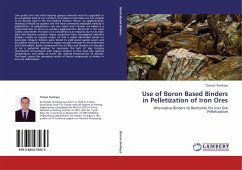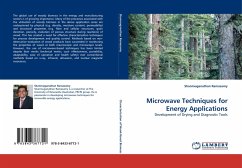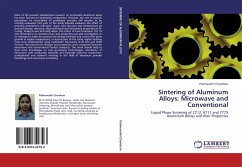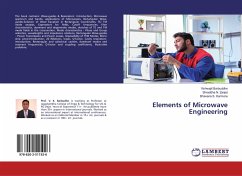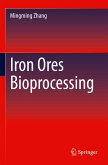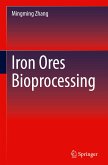Microwave energy has previously been shown to have a major influence on the comminution behaviour of minerals and ores. It has been suggested that this is a result of differential expansion/contraction at grain boundaries. This project has investigated the application of high electric field strength microwave energy to minerals and ores and also measured dielectric properties of minerals. Various important ore types and minerals have been selected and their textures, dielectric and thermal properties quantified. Ore strength, using UCS and point load index testing; specific comminution energy using a drop weight tester and grindability and Bond work index using ball mill have all been used to quantify the microwave effect on ores. High electric field strength microwave energy has been found to reduce the required sample cavity residence times to less than 0.2 seconds whilst enabling ore strength reductions of up to 70%. Mineral liberation assessment of microwave treated ores has also been conducted using QEM.SEM analysis and the research concluded with an economic analysis that shows that benefits are achieved with less than one kWh/t of the energy added into the process.
Bitte wählen Sie Ihr Anliegen aus.
Rechnungen
Retourenschein anfordern
Bestellstatus
Storno


